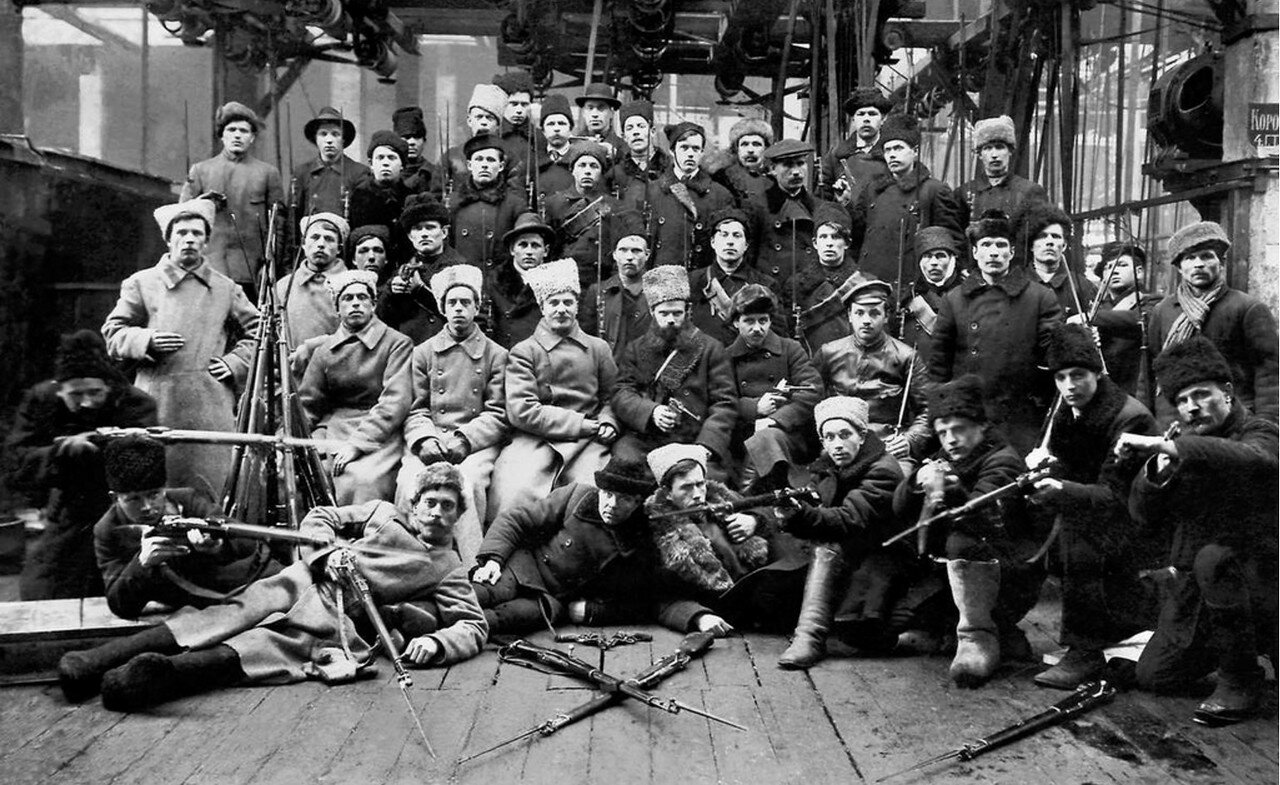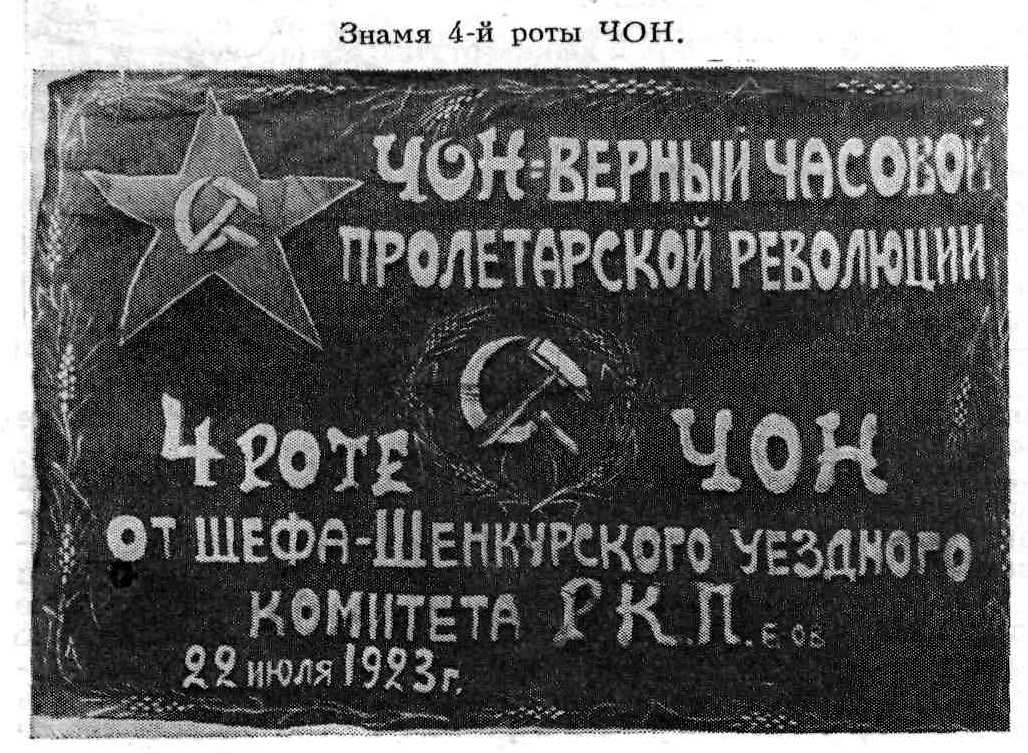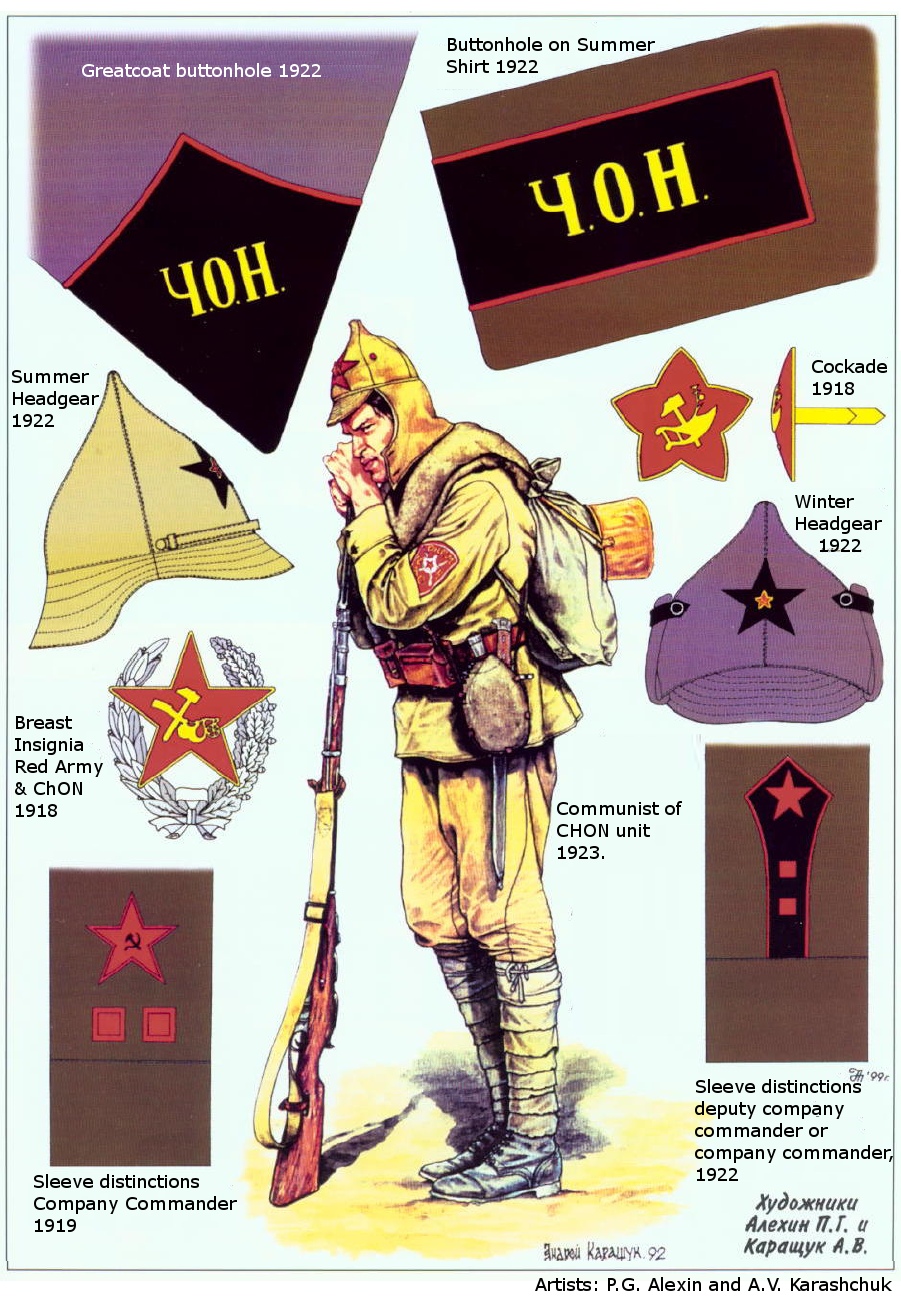
Worker Units
In theory at least, the Bolsheviks were the spearhead of the proletariat – the manual and factory workers of the cities – and their main support came from them.
During the 1906 Revolution, various factories had formed workers militias. These were soon quashed, but the concept was established.
After the February Revolution similar workers militias were established in work places. This was largely clandestine, because the Provisional Government was in favour of all militias being under Government control, via their citizens militias (which were effectively the police). A lot of the workers militias, by contrast, were much more revolutionary in ethos – and often quite Anarchist as well. Owners did not necessarily oppose the militias at their work places, as they felt they kept them safe.
With the rising tide of violence, and especially after the Kornilov Coup, the Provisional Government started to favour any armed force aligned to the side of Revolution, and they permitted these "Red Guards" to arm themselves openly. Petrograd was protected largely by the Workers Militia, and that was heavily Bolshevik, and the other large cities soon had substantial Red Guards as well.
A particular source of Red Guards was industrial settlements in the countryside. Railway workers were another major source of worker militias.
Red Guards
By the end of 1917 there were around 200,000 men in Red Guards or similar militias (often called druzhiny), with wildly varying levels of training and equipment. They were one of the few armed forces available to the Bolsheviks upon their takeover, and they were vital in quelling revolts against the new power, especially in the cities. After the cities were safely secured, the Soviets tried to persuade the Red Guards to go to the newly forming front lines.
It only took a couple of months, however, before their crushing weaknesses became apparent. While militarised, in that they were prepared to use violence for political ends, they were built on very different principles from an army. Commanders (not officers) were elected, largely on the basis of their political soundness or popularity. Men, especially the older men, refused to leave their homes to fight White forces not directly threatening them. Their lack of command structure, a tendency to vote on strategy and frequent refusal to obey orders, made commanding them a nightmare. Many didn't even prove resilient in combat, being trounced regularly by any force with a modicum of organisation.
There were exceptions – the 17th Petrograd Regiment, made up of Putilov factory workers, fought in the 3rd Army in the Urals with distinction. There was also a Putilov "Steel" Cavalry Regiment, a Petrograd Red Battalion and the Narva Krasnogorsk Partisan Detachment from the Petrograd area.
In January 1918, the formation of the Red Army was announced. Red Guards were now recruited, as individuals and as units, but in May at least half of all the militias were still functioning outside the scope of the Army – often being the local police in effect. However the new Soviet state was not interested in sharing power with anyone else, no matter how politically pure, and on 10 June 1918 they were officially disbanded.
Wargaming with Red Guards
Red Guards should be your basic conscript class but with a decent morale. Not too high though, because their lack of military aptitude – especially among the commanders – led to them be less steady in battle than their underlying motivation would suggest. If your rules have a control element, good morale can be compromised by particularly rubbish commanders.
Railway workers tended to be some of the better units. In some backwaters, such as Turkestan, they lasted almost the entire war.
The Red Guard didn't have anything more than a red arm band, and for their original tasks sturdy civilian clothes were fine. In the field they started to pick up military garb because it was far more practical.

Early Red Guard in their factory off to fight Ataman Dutov. Note most are in dark civilian
coats, there is a massive variety in hats and some are even wearing valenki (felt boots).
(Original picture is larger.)
Vsevobuch
The Bolsheviks disbanded the Red Guards because they were a political danger, and ineffective in the field. But they still firmly believed that the workers needed to be armed to defend the revolution – but only under their direct control. To this end the Vsevobuch (All-round Military Training of the Workers) system was set up, giving workers military training, preferably at their workplace. The original intention was, in accordance with Bolshevik orthodoxy, that this would largely replace the Red Army once the civil war was over and enough workers had been trained.
Sometimes units of Vsevobuch were mobilised in an emergency. It was a stop-gap though, because they usually hadn't been very thoroughly trained and lacked a higher command structure. The ChON were used instead.
Wargames wise, the Vsevobuch would effectively be the same as Red Guards.
ChON
So in March 1918 the Party issued a directive "Arming of Communists and Training them in Military Affairs", which was the beginning of the units that eventually became to be known as Special-Purpose Units (chasti osobogo naznacheniya – ChON). All factories, artels and district and city party committees were to arm ordinary communists, or at least politically reliable workers, and train them with weapons and tactics. These groups were organised on military lines into platoons, companies at each workplace, and then grouped across the city or region into larger units.
In many cases these were the same men as the Red Guards, but without the democratic structure and thoroughly Bolshevik, as Anarchist and SR agitators were excluded. They were different from the vsevobuch in being volunteers and training more regularly.
These groups provided the local party with armed muscle – to guard important sites, put down insurrections and help the Cheka – but they had no higher command structure. In the desperate days of the early Civil War, some of these groups fought at the front, but to do so weakened the rear areas of precisely the most reliable political elements. During 1919 further directives were issued, repeating the importance of every suitable workplace forming these units from reliable Communists, and as many as 30,000 men may have been in arms. During this time they were also placed under the control of the Vsevobuch system to avoid duplication.
The ChON may have been the most motivated of all military units, but they weren't particularly well trained and they were well down the list in terms of receiving equipment, so that they were equipped with older model rifles and machine guns were sparse. There was a massive shortage of trained commanders, since the usual Red Army way of recruiting them from ex-Tsarist officers (the voenspets) was not possible for a specifically Communist organisation. A few were cavalry and artillery units.
The ChON didn't really take off as a fighting force till 1921, when the Red Army started being demobilised as the external fronts wound down. This freed up trained men and better quality weapons. It also coincided with a great deal of internal unrest, most especially in the Volga area and Siberia, and the ChON was often called out in those areas to put down armed rebellion.

ChON = true defenders of the proletarian revolution.
4[th] Company ChON
From the leaders of the Shenkursk
Committee of the R.K.P.(b) 22 June 1923"
Wargaming with ChON
A ChON unit is always characterised by very high morale. Whether the shooting, command and other technical aspects are as high depends on whether it has been hastily assembled to fill a hole, or has been serving for some time. Generally where wargames rules have a "Cheka" unit, ChON would be a much better fit.
You would expect to see ChON units on internal fronts, and especially late in the war – thus fighting Antonov's Tambov rebels, Makhno after the Whites were gone, putting down insurgent Cossacks, facing incursions from China and Mongolia (Ungern, Bakich, Annenkov) etc. Some were sent to try and deal with the Basmachi.
You would also expect to see them when the White fronts penetrated deep into territory that had been Bolshevik for a while, and particularly defending the larger proletarian cities. Hence during Kolchak's Summer 1919 campaign, at Second Tsaritsyn, defending Astrakhan, and at Kharkov, Kursk etc as the AFSR drove on Moscow.
It can be hard to track specific units as ChON because there was no official naming system and they sometimes were absorbed into the normal Red Army. Below are some units that are known to have served in campaigns against the main White forces that might be largely ChON:
- The 4th Vsevobuch Rifle Regiment was with the 6th RD on the Petrograd front in mid 1919.
- A Putilov Factory Workers Battalion was with the 6th RD on the Petrograd front in late 1919.
- The 2nd Vsevobuch Rifle Regiment was with the 2nd RD on the Petrograd front in mid 1919.
- The Sveshnikov Composite Rifle Brigade was formed from the forces of the Kursk Fortified Area and placed with the Strike Group at the Battle of Orel.
- The 13th Red Communists Rifle Regiment served in 1919 and 1920, having been formed with the Special Purpose Detachment of the Kiev Group of Forces, and later became the 30th Ukrainian Rifle Regiment.
- 1st Samara Communist Volunteer Regiment was sent to the front in 1919 and became the 10th Rifle Regiment of the 2nd RD and then the 436th RR of the 49th RD. A "Special Detachment" of workers from Samara was used to hastily stop the Ural Cossacks, and this may well be it.
- The 2nd Turkestan Region Rifle Regiment went to the front at Samara in 1919, then became the 5th Red Communists Regiment of the 2nd Independent Infantry Brigade, on the Turkestan Front.
- The 2nd Turkestan Division had the 16th, 17th and 18th Tatar Rifle Regiment in its 3rd Volga Tatar Red Communists Brigade in 1920.
ChON tended not to appear when the Red Army was operating successfully and in enemy territory. In those situations such dedicated Communists were too valuable.
ChON Uniforms
The early units were pretty much cobbled together units rushed to the front to plug a hole. Uniforms would be whatever they could get their hands on, which was often ex-Tsarist stuff in their home cities.
Almost all photos and depictions of ChON are from the period after the main White armies had been defeated. In part this is because units prior to that look almost exactly like ordinary Red Army men. For example, Plate III 2 in the AST Red Army book shows a ChON company commander for 1919-1920, but the uniform is completely standard Red Army except for the red star on the sleeve.
Plate F1 in the Osprey Red Army book shows a ChON commander in Turkestan for 1919-1920 wearing the soft cotton hats common to all Red Army in that region. The only distinguishing feature is again the large red star on his arm. (But as usual with this book, it should not be relied on. The author appears to have confused the ChON on the "Turkestan Front" on the Volga with the Red forces in Turkestan proper. The Red Army in Turkestan was notable for its lack of organisation and reliability until their isolation from Moscow ended in late 1919. ChON would only have started arriving in mid-1920 to help against the Basmachi.)
The Sergeant magazine depiction, below, shows the later official uniform, with distinctions in black edged with red.

Sources
Captain I. Kuzmichev. The Iron Fist of the Proletariat: Communist Troops in Internal Service. in "Sergeant" Magazine, No 10/1999.
A. Zakharov. CHON. Essays on the history of the October Revolution in the Nizhny Novgorod province. Nizny-Novgorod, 1927.
Anonymous. The "Red Army in Turkestan" 1917-1920, Central Asian Review Vol. XIII (1965) No 1.
Rex A. Wade. Red Guards and Workers Militias in the Russian Revolution. Stanford University Press, 1984.
Explains the ideology and growth of the Red Guards up to the Revolution. The epilogue discusses their demise, but without discussing military actions in detail.
Eric Wollenburg. Birth of the Red Army.
Old and dated, but good enough on the basic facts. It can be found on-line pretty easily.